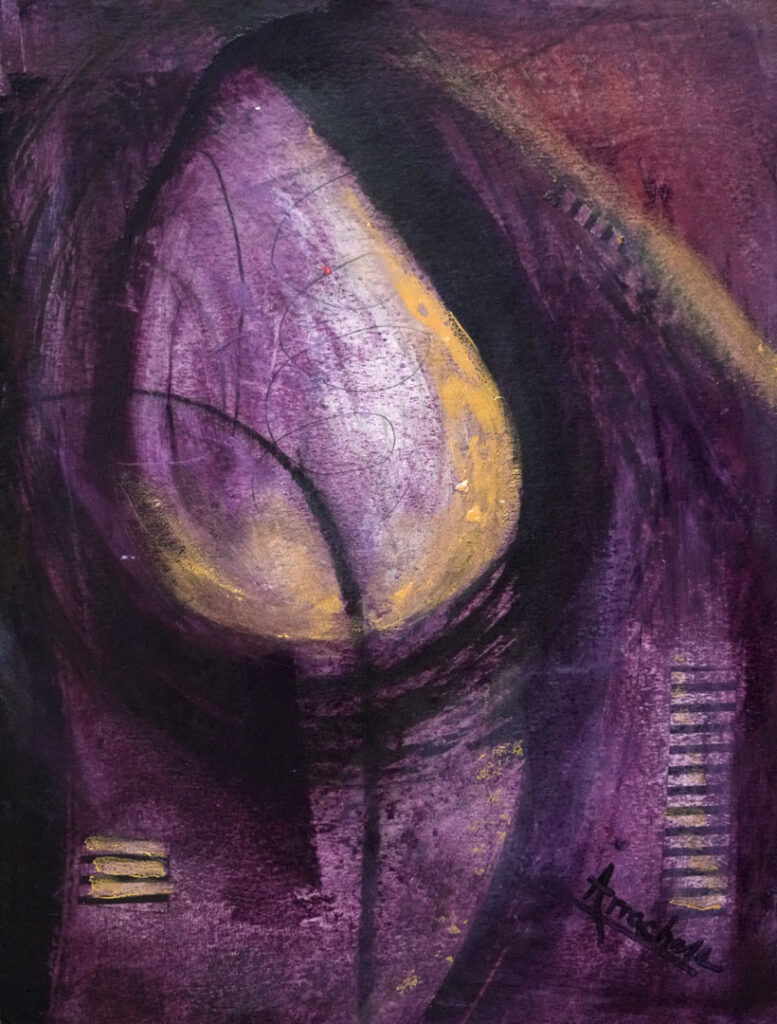Article #32 Upside Down Works
Could upside down art help the everyday person? Recently, I read an article stating that many paintings were mistakenly hung upside down. This might not be unusual, however they stayed in that position unnoticed for decades. Some locations were London, France, and America, hung well-known museums. These artists’ works are a part of a museum’s private collection and, therefore most likely traveled on loan from museum installation to museum installation. Art touring is common practice in the institutional community. The misinterpretations were executed on works by well-known artists, Hilma Af Klint – The Swan #14, Pier Mondrian – New York City 1, Georgia O’Keefe – Oriental Poppies, and Henry Matisse – Le Bateau.
Discovery Methods
The mishaps process of uncovering came about in different ways. Which is just as fascinating a story as the discoveries themselves. A patron looked at the works and compared them with old artists’ sketchbooks noticing that the painting was intended to be hung from a different perspective. Historical sketchbooks are not always kept in the same location as the art. An artist sketchbook is a personal thing. It’s where the artist may work out drawing, values, and or combinations of materials used in mixed media projects. It’s the first step where the artist gets concepts out of their head onto a substrate. Fine artists are taught to use this process. So, it may have taken some sleuthing by the patron to locate the books. Another true story was, a museum curator noticed that the previous museum that he/she frequented, MOMA, hung the painting in a different orientation. This investigative research might have gone back 80 years, so it was no easy task.
My included painting, “Phoenician Gold 1” , can easily be hung in any of the four directions.

Restringing
It is common for an artist to turn a painting upside down during art creation. It can be used to apply different techniques or just to get a different perspective as the painting is established. In abstraction, it is customary to turn the paintings around least ten times before completion. Usually, the artist lands on an orientation that best projects the intended feeling of the creator. The collector or viewer may have a different take on what is right side up.
A fun fresh approach to an older painting could be to simply add another string to the back of a painting. Regardless of the artist’s intended orientation, any painting can be hung differently to form a new unique perspective. A tip would be to not let the strings on the back cross each other so the painting does not hang crooked.
On my paintings, we string all paintings for our collectors so that they are ready to hang. We drop down about one-third from the top of the paintings to install hardware. If the painting can be hung in more than one way, we add the extra string. Felt bumpers are added to the back of every painting so the hardware does not scratch the wall. If you are not a DIY person, you will find that frame shops are always happy to help. They should stock the required parts.
Tips
Take control. An easy way to tell if your painting is going to work before making a commitment is to use your phone. Take a picture of the painting and print it as large as you can then tape it to the wall. Have fun with this idea.
Feel free to reach out to Arrachme with any questions, contact info.
